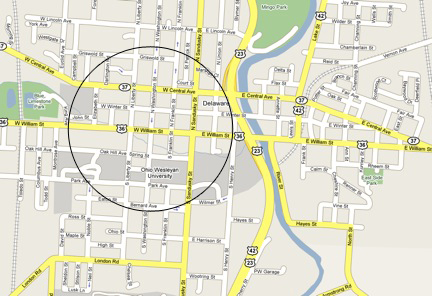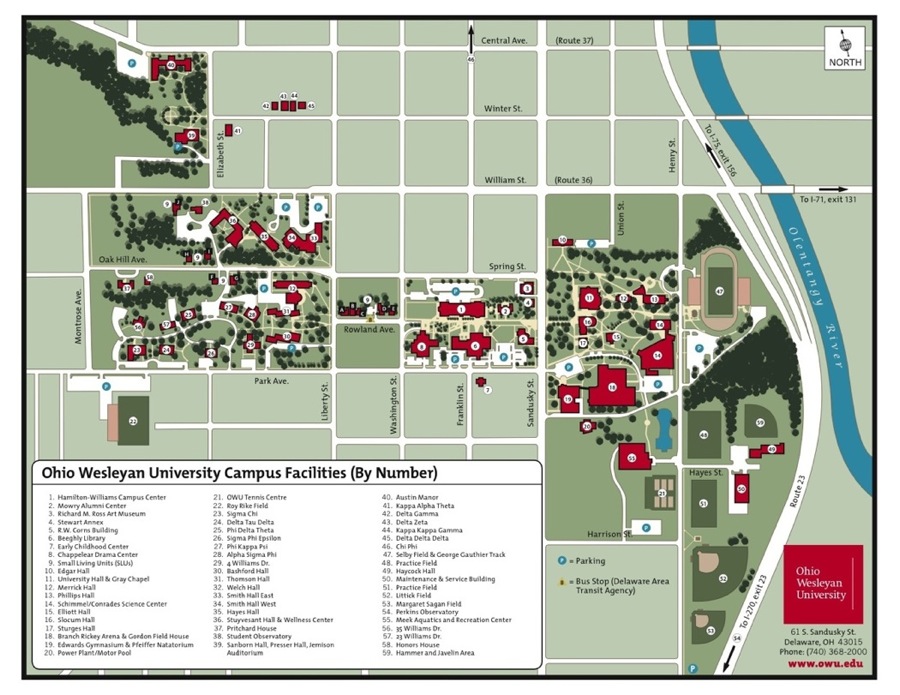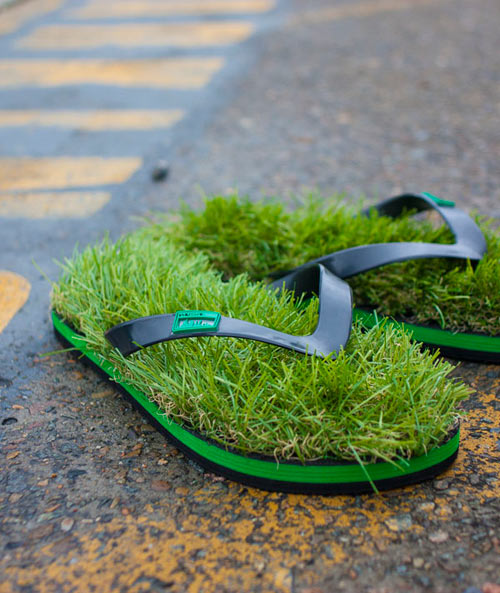
Update: 9/6/2022
A few pronouncements
On your “Age of Majority”: If you are not yet 18, please talk to your concerned instructor. I would gladly send my kids on this psychogeography expedition, but you may be a bit more delicate.
On “Engaged Discomfort”: Getting out of your comfort zone is a useful pedagogic strategy. Discomfort (of diverse kinds) leads to physical and mental engagement, which may serve to get your brain going and encourage insight, learning, and understanding. Thus walking about unknown territory and paying attention to sensory and emotional inputs may be uncomfortable at times, but you will get something significant out of the experience. Keep in mind that it is OK to be a bit uncomfortable. However: use your senses and stay out of trouble (at least, stay out of too much trouble: a bit is ok).
Why are we doing this?
The world is a complex place. Maps typically show only a few things. The point is, we can map out just about anything we can give a location. That’s the point of this engaged DMT. You will collect data for and map out weird stuff.
The moral of the story: maps are very limited but need not be. We already talked about maps as something other than an image of the world, say, a proposition or argument. In the same way, let’s see how crazy maps can get. They typically don’t. Maybe they typically shouldn’t (ponder that). But they can.
Please review the materials on this page before you go out on your psychogeographic expedition. In particular, the links in part 3 have many useful resources and things to think about (which will lead to a better project)
Please work in groups: 2 or 3 persons. This means you have to contribute positively to a group effort.
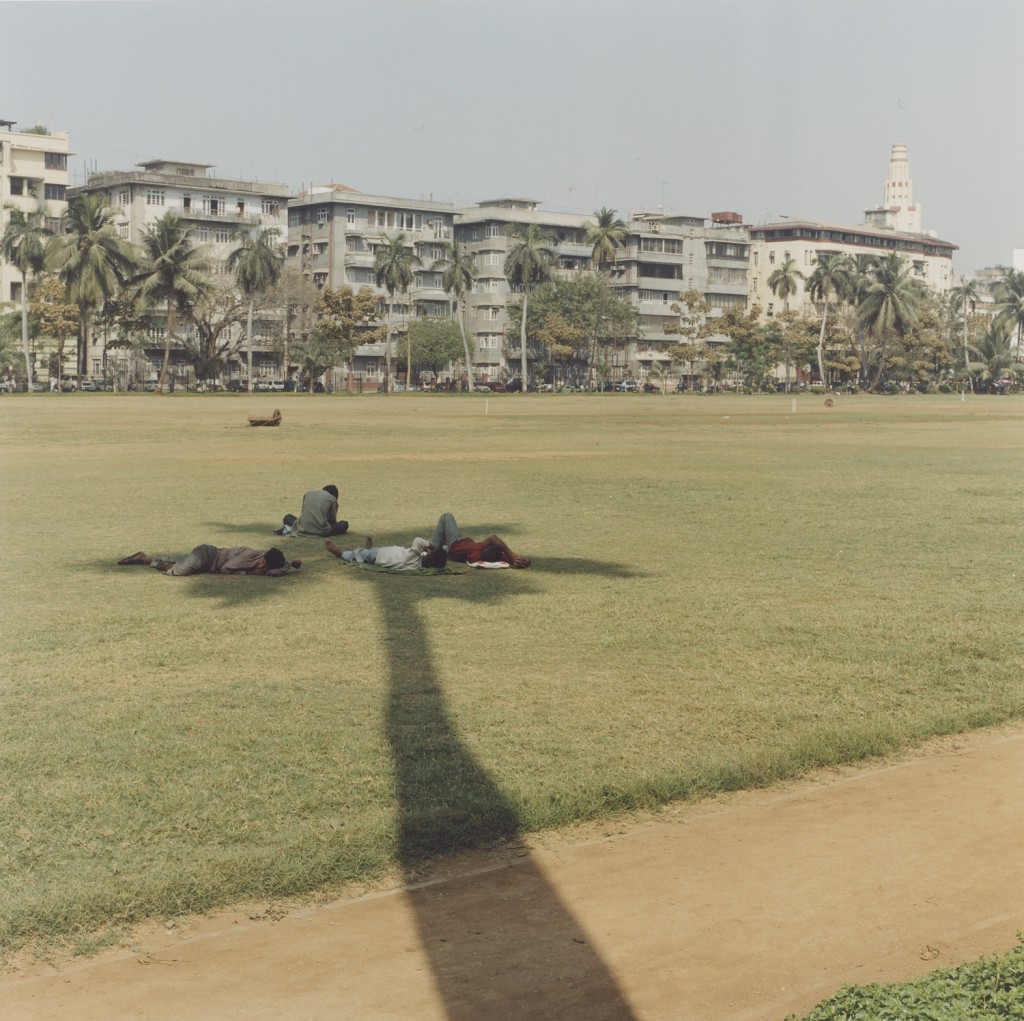
Get in groups!
One person from each group: email (now!) full names of all group members.
Official PsychoGeography Investigator card: get a copy from your instructor and use it if you are questioned by irate authorities. I doubt anyone will care about what you are up to, but if they feel the need to yell at you, have them call and yell at me instead: 368-3622 (ha! that is my office phone; I don’t really answer).
1. Two expeditionary options:
| OPTION 1: Outside: The MOST EXCITING and BESTEST OPTION
Get in your groups…
|
OPTION 2: Inside & Outside (only in case of really really cold weather, unexpected monsoons, or a spike in local skunk attacks)Whilst in your groups…
|
2. “Derive” (walk) the Line and Map What You Find
Remember the most important part of a psychogeography “drift” (wander, maunder, etc.): you must pay attention to the environment you pass through using all your senses whilst exploring in-depthly.

This experience should be fun. Or terrifying.
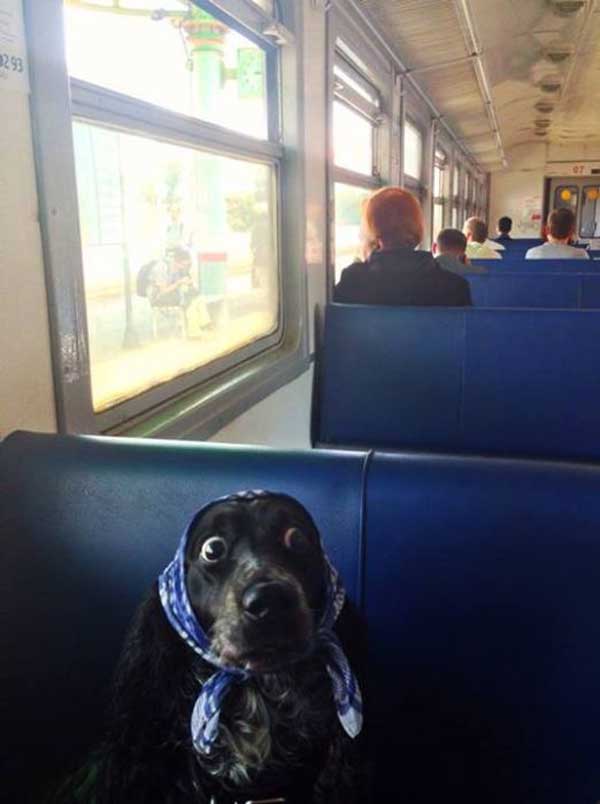
Please don’t kill yourself; e.g., avoid aimless drifting across busy highways, into rivers, into blazing furnaces, or into the jaws of a giant terror bunny (version 1.0).

Please look up, also.
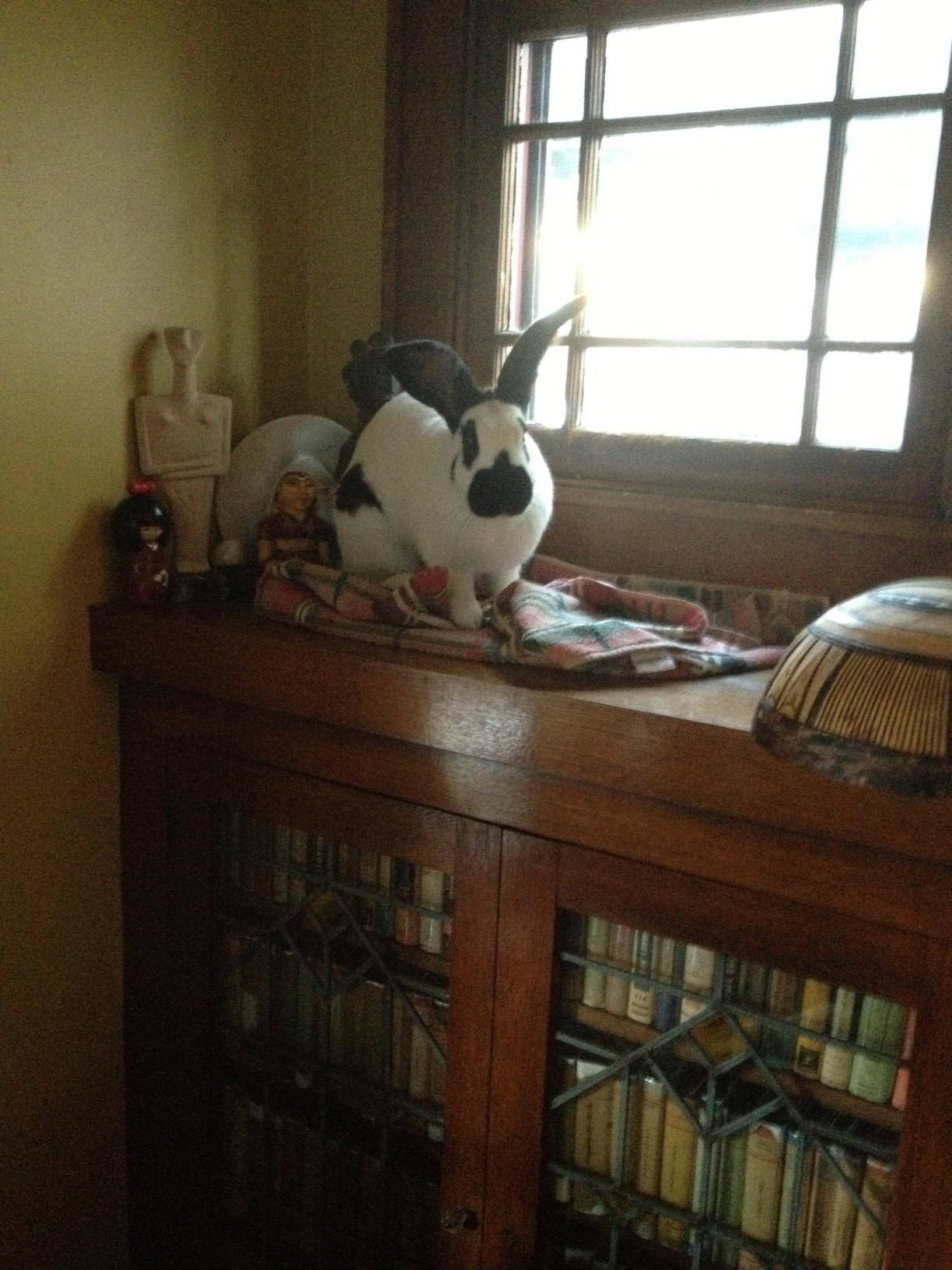
3. Include the following features on your map
Annotate your map as you wander. Use colored pencils, pens, crayons, fingernail polish – whatever – to annotate your map. A clipboard helps too.
I expect mapped stuff from each of the 6 categories below.
You may want to assign certain categories (of the six below) to specific people or walk the route six times as a group (two sensing, one documenting) or whatever works for you.
Since our sense of sight is so strong, please blindfold a group member (for at least part of the drift) to collect sound and smell data. You may want to share this part of the effort (each takes a turn being blindfolded).
Snap some photos to help document your experiences. Include them with your final map and in your presentation.
Refer to the lecture outline on sensory aspects of the environment if you need to refresh your memory. More information is available below (will review it in class).
Please note any deep philosophical insights, curious events, strange encounters, etc., as I will ask you to reflect on this exercise as part of the first exam.
Remember: you are the data collection device. You may not be good at collecting exact data on temperature or elevation, but you are great at things like smell, sound, touch, and overall feelings about places.
1. The Soundscape: any sounds whatsoever; feel free to wander off your path to investigate any alluring (mysterious, offensive) sounds. Focus, in particular, on sounds that you may not typically notice when zipping through the landscape. Review Mapping Soundscapes and google smellscapes.
2. The Smellscape: any smells you notice; again, wander off your path if you find something which attracts (or repels) your olfactory sense. Take a dog along and see if they find anything interesting. Again, note dominant smells, but also pay attention to subtle aspects of the smellscape. Review Mapping Smellscapes and google smellscapes.
3. The Touchscape: This one is a bit more challenging. We do notice textures and how they vary through a place: for example when we walk from a field to a lawn to blacktop to laundry. Use your feet (maybe take off your shoes for the walk?) and hands or whatever part of your body you want. Think of creative ways to document the touchscape. For example, you could document excellent, ok, and poor feeling places for an outside snooze. Review Mapping Touchscapes
4. The Tastescape: Even more challenging. We certainly are aware of taste when it comes to food (flavor: a combination of taste and smell), but how do you document the tastescape of a place? This is a real challenge but should result in some creative efforts. I leave it up to you to successfully map the tastescape. Review Mapping Tastescapes and google geophagy.
5. The Sadly Not Very Often Mapped: Review the selection of maps in Denis Wood’s Atlas of Boylan Heights (blog post link below) and consider mapping at least two items that don’t typically appear on maps. Review Atlas of Boylan Heights
6. The PsychoScape: Finally, in the grand tradition of PsychoGeography, document your overall feelings about the places you move through. Consider some of the following impressions (you can add more): Review Mapping Psychoscapes – examples:
-
- dark – light
- tight – open
- flowing – constrained
- water – stone – pavement – green
- cool – warm – hot
- welcoming – hostile
- playful – serious
- social – antisocial
- weak – strong
- empty – full
- old – new
- fear – safety
- trapped – loose
- comfortable – uncomfortable
- belong – don’t belong
- flat – bumpy
- beautiful – plain – ugly
- visible – hidden
- strange – normal
- boring – exciting
- distracting – attracting – repelling
- happy – sad
- walky – drivey
- slippery – stable
- … and so on
Create symbols for stuff on your map, a map legend where you explain what the symbols mean, and annotate your map with brief explanations of significant experiences.
You may create one map with all your info or a series of maps (if you have too much for one map).
You can create your map/maps by hand on paper (and scan them when you turn them in) or use any kind of graphic software you are familiar with.
Please include images (take them with your phone) and other graphics to enhance the content of your map.
Be creative! Anything goes! The more interesting, the better.
4. Project Description
In addition to your map or maps, please compile a 2-page description of your group project: one report from each group (placed in on of your shared folders):
-
- Full names of all project participants
- One page (or so) description of what each person in the group did
- One page (or so) description of any interesting experiences you had whilst drifting about, and a few reflections on your experience.
What’s Due:
Put your maps, images, and project description in a Google Doc. Make sure you include all group member names on the document.
Present in class on the date of dueness.

